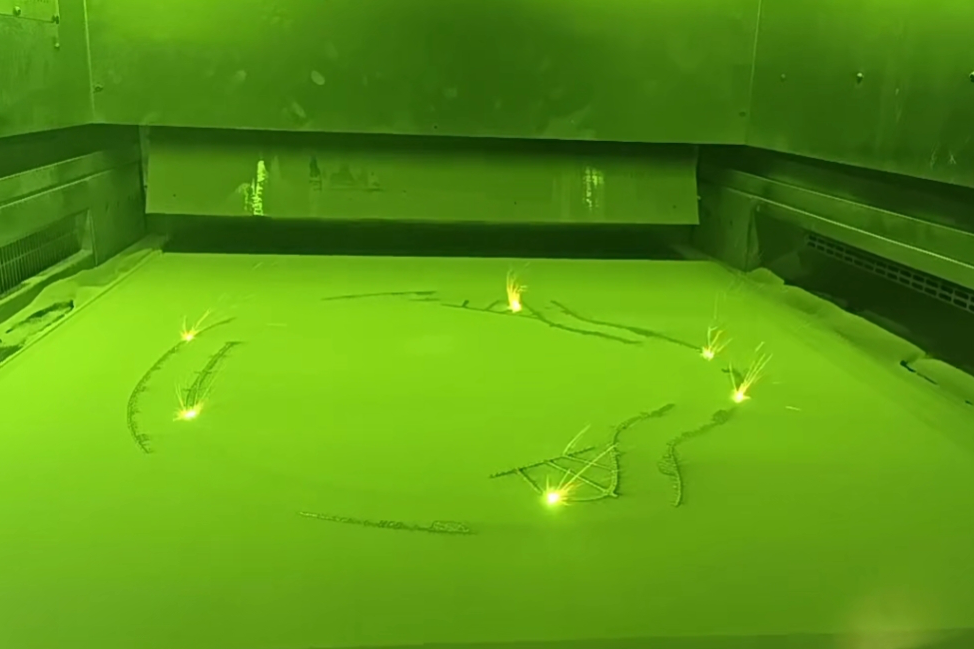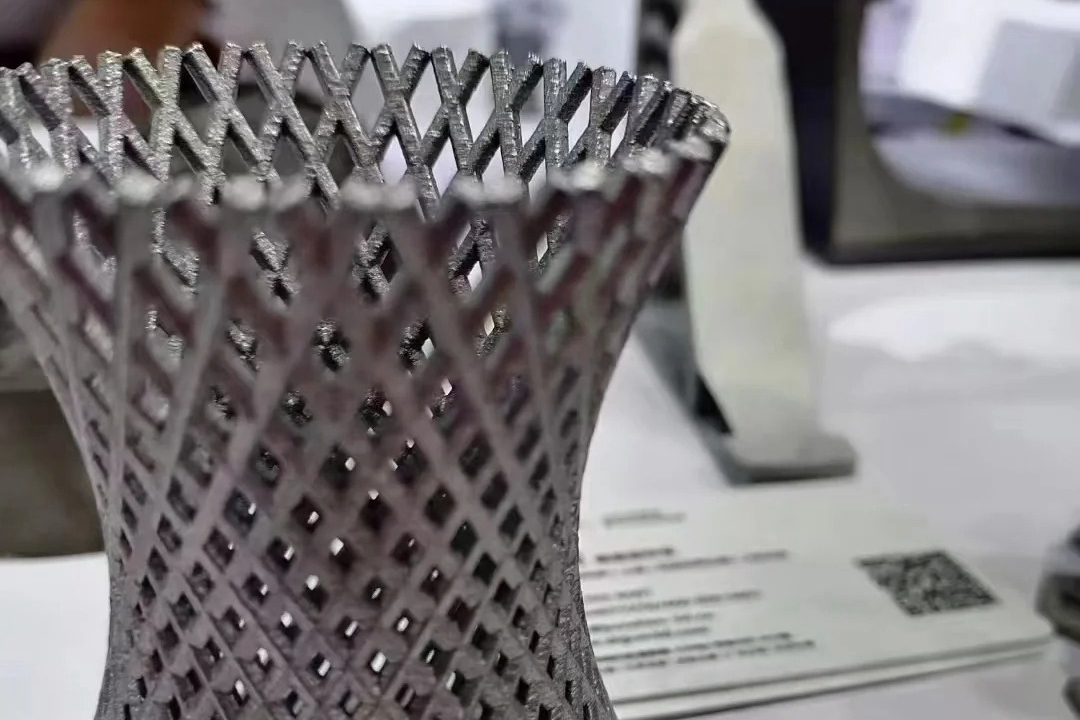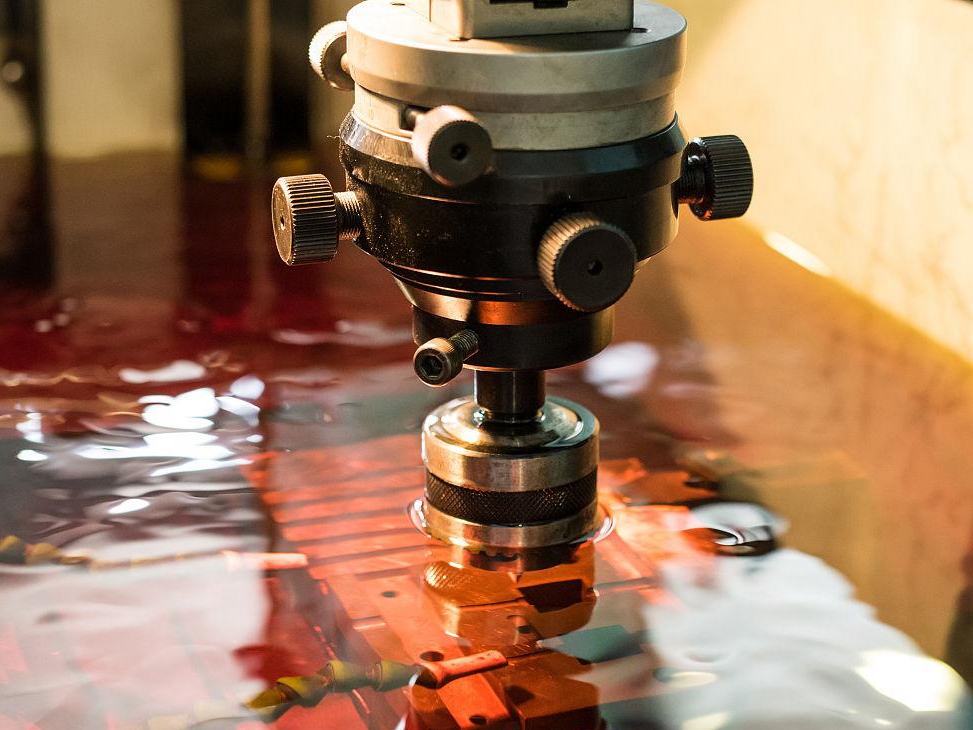Inconel 625
Inconel 625 is a nickel-chromium-molybdenum alloy recognized for superior corrosion resistance and outstanding strength at temperatures up to 980°C. Its exceptional weldability and fatigue resistance make it a prime candidate for additive manufacturing processes, particularly in aerospace, chemical processing, marine, and energy industries requiring reliable performance under severe environmental conditions.
Leveraging advanced superalloy 3D printing, industries extensively employ Inconel 625 to produce complex components like exhaust ducts, turbine blades, and chemical reactor parts. This innovative manufacturing technique ensures enhanced precision, mechanical integrity, and extended component lifespan in demanding operational settings.
Inconel 625 Similar Grades Table
Country/Region | Standard | Grade or Designation |
|---|---|---|
USA | UNS | N06625 |
USA | AMS | AMS 5666 / AMS 5599 |
Germany | W.Nr. (DIN) | 2.4856 |
China | GB | NS336 |
UK | BS | NA21 |
Inconel 625 Comprehensive Properties Table
Category | Property | Value |
|---|---|---|
Physical Properties | Density | 8.44 g/cm³ |
Melting Range | 1290–1350°C | |
Thermal Conductivity (at 20°C) | 9.8 W/(m·K) | |
Thermal Expansion (20–1000°C) | 12.8 µm/(m·K) | |
Chemical Composition (%) | Nickel (Ni) | ≥58.0 |
Chromium (Cr) | 20.0–23.0 | |
Molybdenum (Mo) | 8.0–10.0 | |
Niobium (Nb) + Tantalum (Ta) | 3.15–4.15 | |
Iron (Fe) | ≤5.0 | |
Cobalt (Co) | ≤1.0 | |
Mechanical Properties | Tensile Strength | ≥880 MPa |
Yield Strength (0.2%) | ≥460 MPa | |
Elongation at Break | ≥30% | |
Modulus of Elasticity | 207 GPa | |
Hardness (HRC) | 30–40 |
3D Printing Technology of Inconel 625
The most effective additive manufacturing methods for Inconel 625 include Selective Laser Melting (SLM), Direct Metal Laser Sintering (DMLS), and Electron Beam Melting (EBM). These technologies leverage its unique alloy properties, delivering components with exceptional precision, mechanical strength, and corrosion resistance.
Applicable Process Table
Technology | Precision | Surface Quality | Mechanical Properties | Application Suitability |
|---|---|---|---|---|
SLM | ±0.05–0.2 mm | Excellent | Excellent | Aerospace, Precision Industrial |
DMLS | ±0.05–0.2 mm | Very Good | Excellent | Chemical Processing, Energy Parts |
EBM | ±0.1–0.3 mm | Good | Very Good | Marine, High-Strength Components |
Inconel 625 3D Printing Process Selection Principles
For high-precision components requiring stringent dimensional control (±0.05–0.2 mm) and excellent surface finishes (Ra 3–10 µm), Selective Laser Melting (SLM) is highly recommended, ideal for aerospace turbine blades and precision chemical equipment.
Complex components demanding intricate geometries and exceptional mechanical properties benefit significantly from Direct Metal Laser Sintering (DMLS), suitable for critical applications in energy and chemical sectors.
For robust, larger-scale parts needing moderate precision (±0.1–0.3 mm) and high mechanical resilience, Electron Beam Melting (EBM) is ideal, particularly in marine and heavy-duty industrial environments.
Inconel 625 3D Printing Key Challenges and Solutions
Rapid thermal cycles during 3D printing often cause residual stresses and distortion. Optimized support structures combined with Hot Isostatic Pressing (HIP) at approximately 1160°C and pressures of 100–150 MPa effectively mitigate internal stress and dimensional instability.
Porosity can significantly reduce corrosion resistance and mechanical integrity. Precise control of laser parameters, such as laser power between 250–400 W and scan speeds of 600–900 mm/s, alongside HIP treatment, helps achieve densities greater than 99.9%.
Surface roughness (Ra 6–15 µm), affecting durability and aerodynamic performance, can be addressed through advanced finishing techniques like precision CNC machining and electropolishing, achieving surface finishes of Ra 0.4–1.2 µm.
Powder oxidation and contamination risks necessitate stringent environmental controls (oxygen <500 ppm, humidity <10% RH) to preserve alloy purity and performance.
Industry Application Scenarios and Cases
Inconel 625 is widely applied across demanding sectors, including:
Aerospace: Turbine blades, exhaust systems, and heat-resistant components.
Chemical Processing: Reactors, valves, and heat exchangers operating in corrosive environments.
Marine Industry: Components exposed to severe corrosion and high mechanical stresses.
A notable aerospace case involved SLM-printed Inconel 625 turbine blades, demonstrating enhanced fatigue resistance, extending service life by 25%, and significantly reducing maintenance costs compared to conventionally manufactured parts.
FAQs
Why is Inconel 625 ideal for additive manufacturing in corrosive and high-temperature environments?
What additive manufacturing techniques are most effective for Inconel 625?
How does Inconel 625 compare with similar alloys like Inconel 718?
What common challenges arise during Inconel 625 3D printing, and how can they be resolved?
Which post-processing methods best enhance the performance of Inconel 625 3D printed components?



